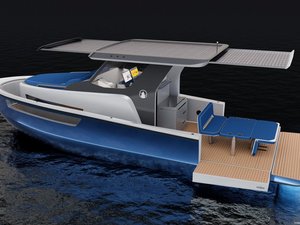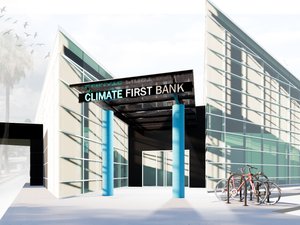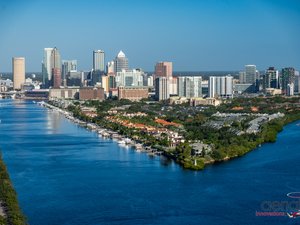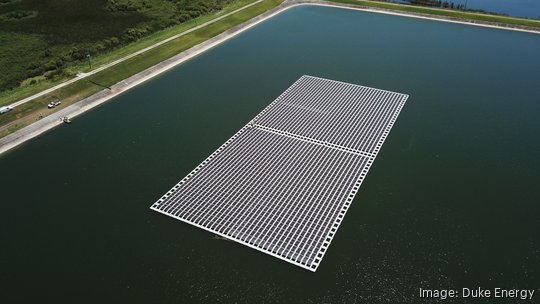
Charlotte, North Carolina-based utility company Duke Energy is trialing a new approach to the energy grid in Florida — lattice-like solar panels that float on ponds.
It’s the state’s first floating solar energy installation from Duke and the company’s second installation. The paneling is already producing solar energy at a facility in Bartow. The semi-submerged solar project comprises over 1,800 solar panels on top of a 1,200-acre cooling pond. The pilot program is designed to experiment with innovative technologies for a more sustainable power grid, according to a press release.
“It gives us an opportunity to assess how efficient this technology is,” Shayna White, a project manager at Duke Energy, said in a statement. “That’s a big part of this pilot project, understanding the benefits of floating solar as compared to land-mounted solar.”
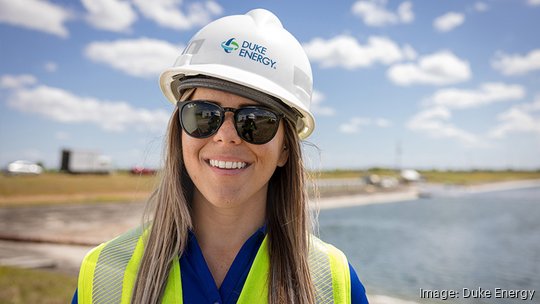
The project took six months to build and install the solar tech on buoyant paneling. It was assembled near the water before being pushed into the depths and secured with an anchor.
The electricity generated by the device will power Duke’s customers in Bartow, and the 1-megawatt array can produce enough energy to power about 100 homes, the company said.
It also uses bifacial solar panels, which absorb light from both sides and produce 10% to 20% more power than other solar technologies. The water functions as a coolant for the solar panels, making them 15% more efficient, the press release said.
The aquatic paneling is also useful because it adjusts to water levels and workers can fix the panels through separations in the floating platform, which creates walkways between each solar panel.
Animals, like Florida’s infamous alligators, aren’t impacted by the paneling either, the company said.
“It’s an efficient use of space,” said Don Keyes, a Duke Energy construction supervisor, in a prepared statement. “No need for land, no offsetting crops. We’re just making smart use of what we’ve got. And solar is growing like crazy. If there was ever a time to ask where to put all this stuff, it’s now.”
Floating solar, or “floatovoltaics,” is common in Asia but only comprises 2% of solar installations in the U.S. That might change in the coming years thanks to increasing demand for solar technologies. Solar energy is also particularly valuable in the Sunshine State, where energy is most needed — conveniently — when it’s sunny and hot.
An industry report predicts that the global floatovoltaics market will reach $3.5 billion by 2027, growing at a compounded annual growth rate of 12.5% from 2022 to 2027. A 2021 report from Deloitte said the U.S. is behind in floating solar compared to other countries because it has abundant land and doesn’t need solar management solutions like floatovoltaics.
There are, however, several large floating solar farms in California, and they are beginning to popularize in the U.S. It’s also Duke Energy’s second application of the technology. The first was in Fayetteville, North Carolina, and the paneling now powers Fort Liberty.
Duke Energy seeks to have 1,450 megawatts — a rough estimate says 1 megawatt can run between 100 and 400 homes — of solar power in Florida, likely West Central Florida and the Panhandle, by 2024, the company said.
